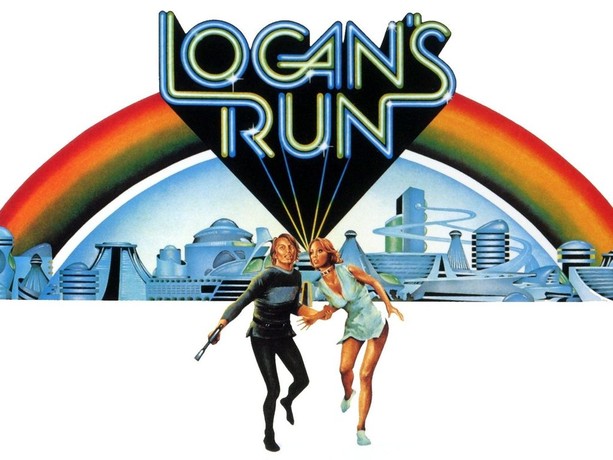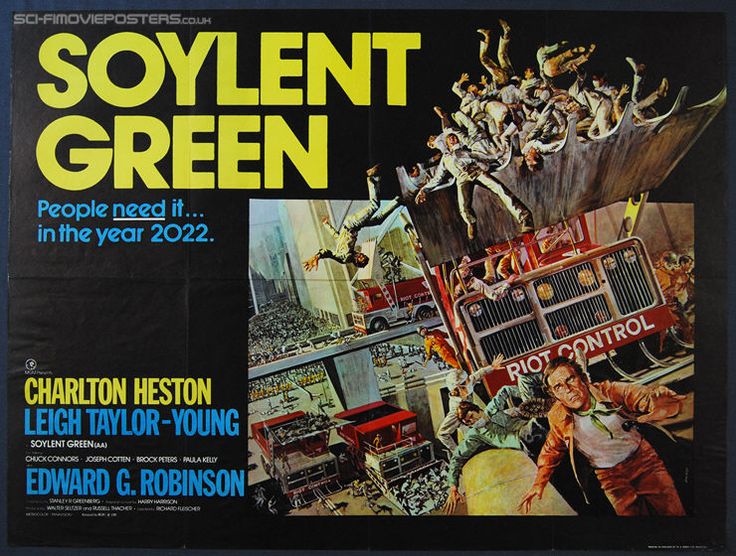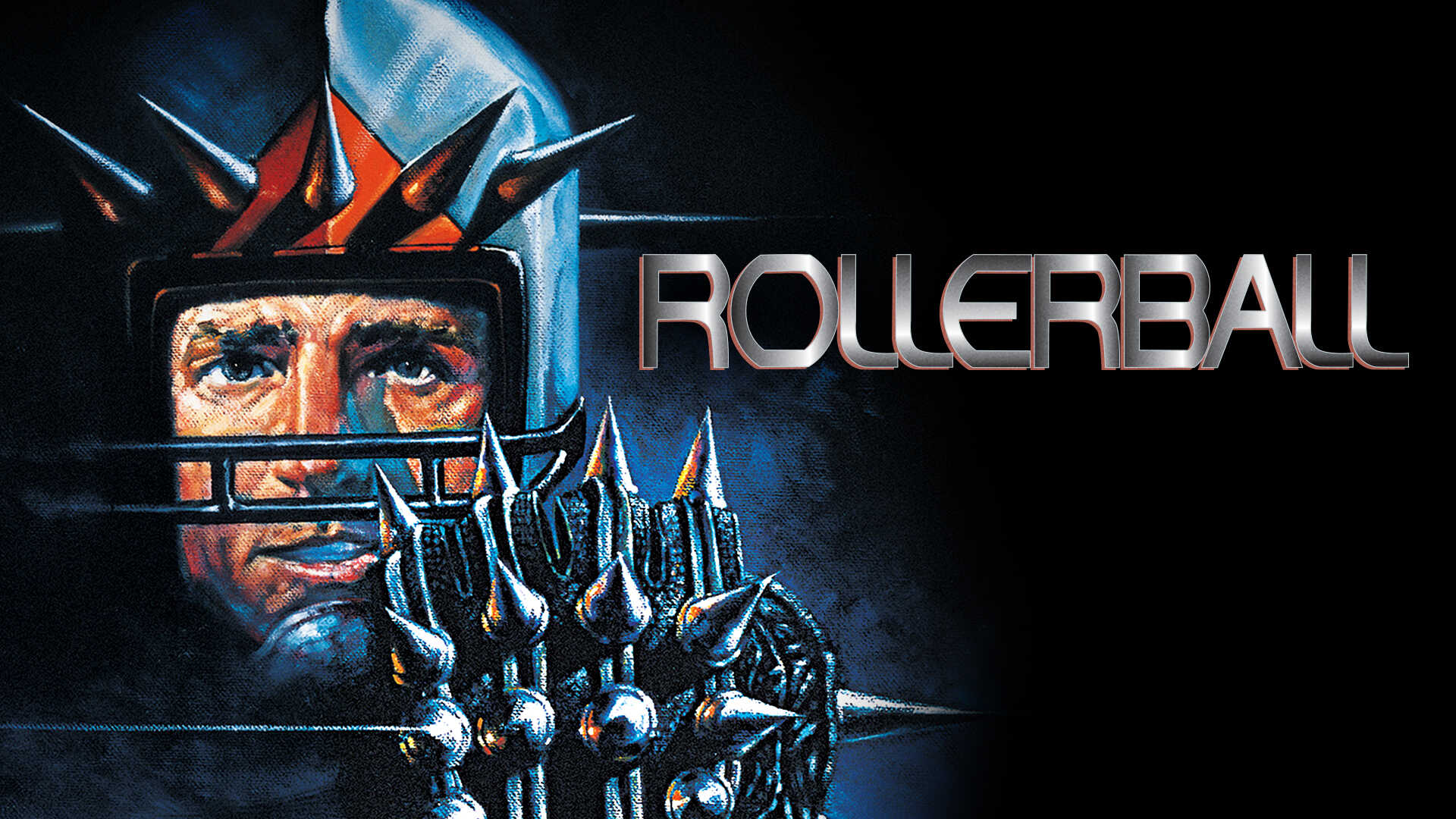Logan’s Run is one of the most overlooked dystopian films of the 1970s, but if you watch it today, you’ll realize just how relevant its message has become. Released in 1976, the film presents a future society that, on the surface, appears to be a utopia—an advanced, automated world where everyone is young, beautiful, and free to indulge in any pleasure they desire. But beneath the glamorous exterior, there’s a brutal truth. This isn’t a paradise. It’s a prison. And once you see the full picture, you’ll realize that Logan’s Run wasn’t just science fiction—it was a warning.
To understand what makes Logan’s Run so terrifying, we need to step inside its world. The film takes place in a futuristic domed city, isolated from the outside world. Everything within the city is controlled by an all-powerful computer, which manages society and ensures that all of its citizens live in comfort. But there’s a catch.
Nobody lives past 30.
In this world, the idea of old age doesn’t exist. There are no elderly, no parents, no grandparents. Everyone is young, attractive, and carefree—until the day they turn 30. That’s when they must undergo a ritual known as Carousel, where they are supposedly “renewed” and reborn into a new life. The public gathers to watch, cheering as those who reach their final day float into the air—only to be vaporized in a dazzling display of lights and energy. It’s a spectacle, a religious ceremony, and a form of mass execution, all wrapped into one.
But here’s the real horror: almost nobody questions it.
The entire society believes that death at 30 is natural. Necessary. Even desirable. The system has programmed them to accept it without resistance, conditioning them to believe in Carousel as a divine and unquestionable process. And those who do begin to question? They’re labeled as Runners—criminals who attempt to escape their fate and flee the city, seeking a mythical place known as Sanctuary where they might live beyond 30. But the system has a solution for them too.
This is where we meet our protagonist, Logan 5. Logan is a Sandman—one of the elite enforcers tasked with hunting down Runners and eliminating them before they can escape. He believes in the system. He believes in Carousel. He believes that he is doing the right thing. Until one day, the system turns on him.
Logan is given a secret mission by the central computer: infiltrate the Runners, find Sanctuary, and destroy it. But in the process, he begins to see the cracks in everything he once believed. He starts to understand the truth about Carousel. He starts to question whether renewal is real at all. And when he tries to return, he finds out that the system has already marked him for death.
The beauty of Logan’s Run is in its slow unraveling of a controlled reality. At first, Logan is just another cog in the machine, enforcing the very system that will one day kill him. But once he begins to question it, the entire world begins to fall apart. This is the fundamental fear at the heart of the movie: a world where society has been conditioned to embrace its own destruction without realizing it. And the deeper you go, the more you realize how disturbingly familiar this world actually is.
Because Logan’s Run isn’t just about a dystopian future—it’s about the way society controls people today.
It’s about distraction. The domed city is filled with endless pleasures—instant gratification, hedonism, sex, entertainment. Everything is designed to keep people comfortable and occupied, so they never stop to ask why things are the way they are. It’s an entire society built around pleasure, but only for those who never question the system.
It’s about obsolescence. The city runs on the idea that once you reach a certain age, you are no longer useful. You become disposable. This reflects something we already see in the modern world—where youth is worshipped and aging is treated as a slow march toward irrelevance. People are pressured to stay young, stay desirable, stay valuable to the system. And once they are no longer useful? They are cast aside.
It’s about control. The greatest trick the system in Logan’s Run ever pulled was convincing people that their execution was a privilege. That they weren’t being slaughtered, but reborn. It’s the same method of control that has always existed—get people to accept their own oppression, and they will enforce it on themselves. They will celebrate their own destruction. They will cheer as their fellow citizens walk into the fire, never realizing that their own time is coming.
And most terrifying of all—it’s about compliance. Throughout the entire film, the people of the city never resist the system. They never question it. Even when Logan returns, desperately trying to expose the truth about Carousel, most people refuse to believe him. Their entire worldview is built around an illusion, and they would rather die than confront reality.
And that’s the final, horrifying truth about Logan’s Run.
The people didn’t need to be forced into their fate. They accepted it willingly.
And when you look at our world today, the parallels are obvious.
Our society is driven by distraction, instant gratification, and the illusion of choice. We are told to obey without question, to trust the system, to never look too deeply into what lies beyond the surface. We are conditioned to celebrate things that ultimately harm us. And the moment someone starts to ask questions, they are labeled a conspiracy theorist, a dissenter, an outcast.
In Logan’s Run, the only people who see the truth are those who escape the dome. Those who go beyond the walls and witness the real world for the first time.
The question is—will you be one of them?
Or will you stay inside the system, waiting for the day the light in your hand starts blinking red?


